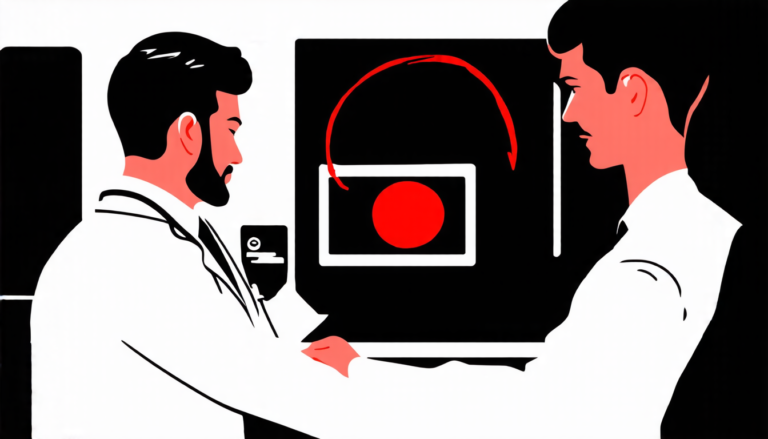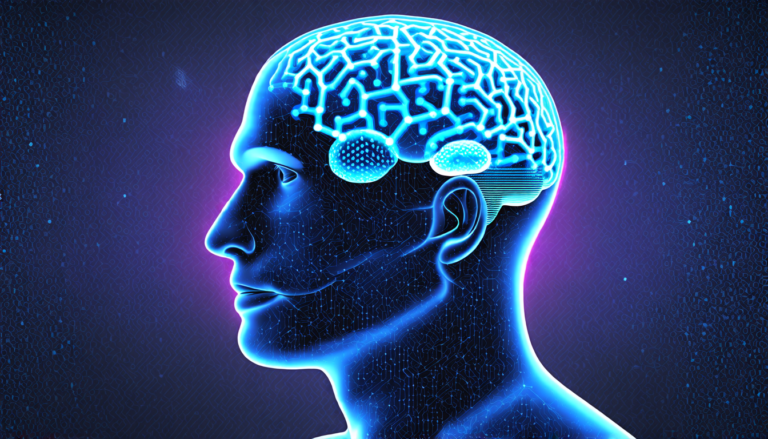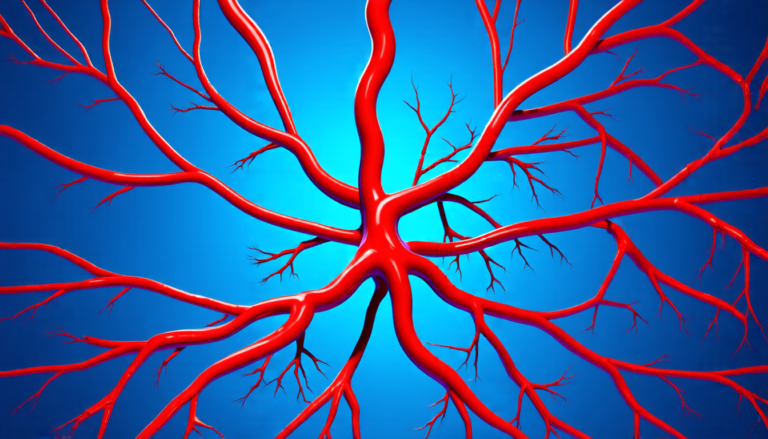Friday 14 March 2025
A team of researchers has made a significant breakthrough in artificial intelligence, developing a new framework for adapting machine learning models to new data in real-time. This innovation could have far-reaching implications for applications such as autonomous vehicles, medical diagnosis, and natural language processing.
The challenge that the researchers tackled is known as open-set test-time adaptation (OSTTA). In traditional machine learning, a model is trained on a specific dataset and then tested on new, unseen data. However, in many real-world scenarios, the new data may not fit neatly into the categories defined by the training set. This can lead to poor performance or even incorrect predictions.
The researchers developed a framework called Adaptive Entropy-awared Optimization (AEO), which addresses this issue by incorporating an adaptive entropy-based approach. In essence, AEO learns to distinguish between known and unknown classes in the data, allowing it to adapt more effectively to new information.
One of the key insights behind AEO is that the entropy – a measure of uncertainty or randomness – of the model’s predictions can be used as a proxy for identifying unknown samples. By monitoring the entropy values over time, the model can learn to recognize when it is encountering data that doesn’t fit its existing knowledge.
AEO also incorporates an adaptive modality prediction discrepancy optimization component, which helps to further separate known and unknown classes by exploiting cross-modal interactions between different data sources (e.g., image, audio, text). This allows the model to make more informed decisions about how to adapt to new information.
The researchers tested AEO on several challenging datasets, including the EPIC-Kitchens, HAC, and Kinetics-100-C datasets. In each case, AEO outperformed existing methods in terms of accuracy, false positive rate, area under the receiver operating characteristic curve (AUROC), and H-score – a measure of uncertainty-based classification performance.
The potential applications of AEO are vast. For example, autonomous vehicles could use AEO to adapt more effectively to new environments or unexpected events, while medical diagnosis models could learn to recognize rare or previously unseen diseases. Natural language processing systems could also benefit from AEO’s ability to handle unknown words or phrases.
Overall, the development of AEO represents an important step forward in machine learning research, enabling models to better adapt to complex and dynamic real-world data.
Cite this article: “Adaptive Machine Learning Framework Enables Real-Time Adaptation to New Data”, The Science Archive, 2025.
Artificial Intelligence, Machine Learning, Adaptive Entropy-Aware Optimization, Open-Set Test-Time Adaptation, Autonomous Vehicles, Medical Diagnosis, Natural Language Processing, Real-Time Data, Uncertainty, Classification Performance







